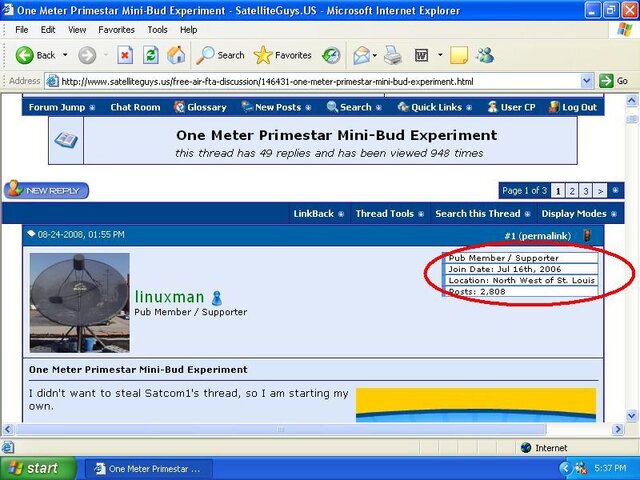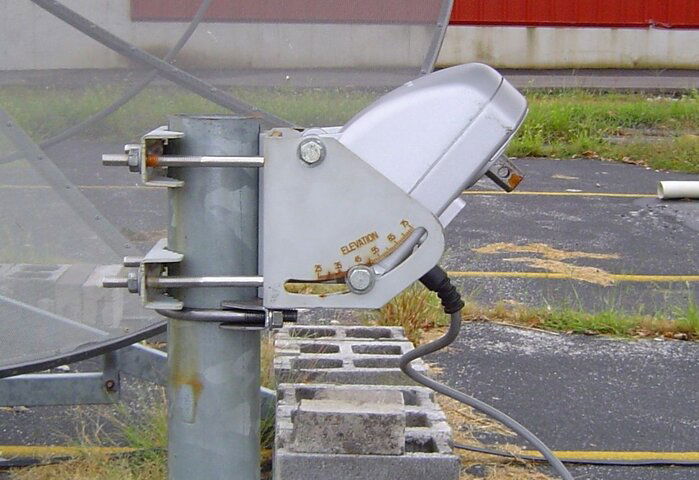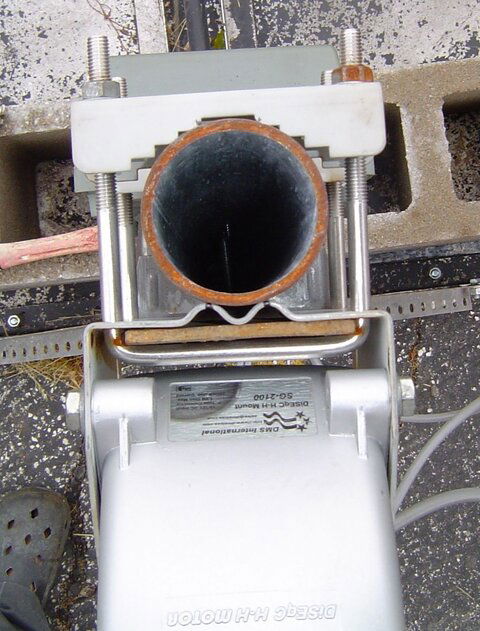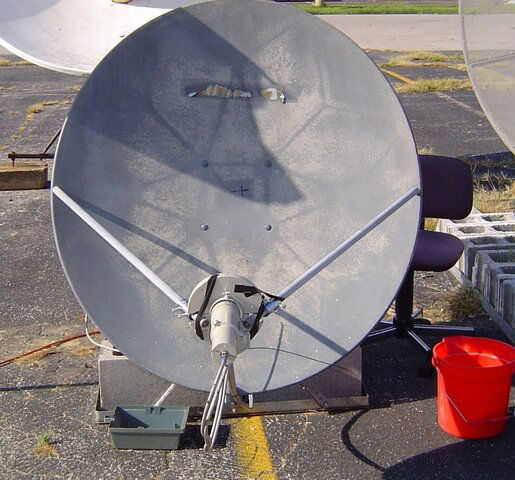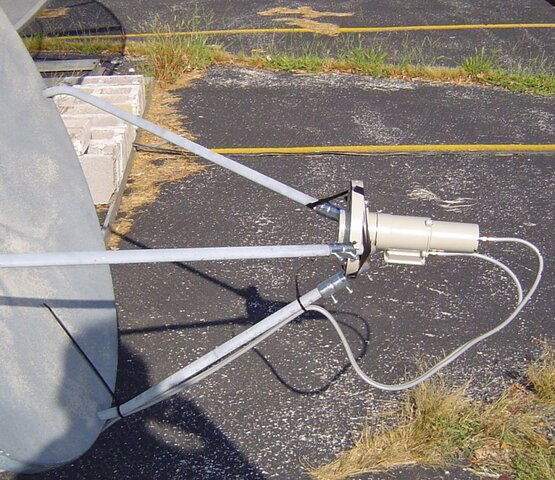room for errors
1). are you tracking the arc? or are you just concentrating on the elevation for South right now?
2). from what you are saying the motor latitude scale is a little off. Or maybe you've clamped the bracket too tight at the top or bottom, causing it to be elevated or depressed (?)
3). it's always possible the dish's elevation (LNB location) is not perfect.
When you put the C-band LNB on there, you'll have to fight hard to keep it same as now.
1). are you tracking the arc? or are you just concentrating on the elevation for South right now?
2). from what you are saying the motor latitude scale is a little off. Or maybe you've clamped the bracket too tight at the top or bottom, causing it to be elevated or depressed (?)
3). it's always possible the dish's elevation (LNB location) is not perfect.
When you put the C-band LNB on there, you'll have to fight hard to keep it same as now.


